
Helping to develop empathy in digital classrooms

When it comes to empathy development during COVID-19, how can schools help their students to develop and grow when being face-to-face with their peers and teachers isn’t an option?
Published 26 August 2020
Empathy is one of the major ways we come to understand ourselves and those around us.
It is often described as a broad capacity, ability or skill that enables people to perceive and resonate with other’s emotions – effectively, it allows us to ‘walk’ in another person’s shoes.
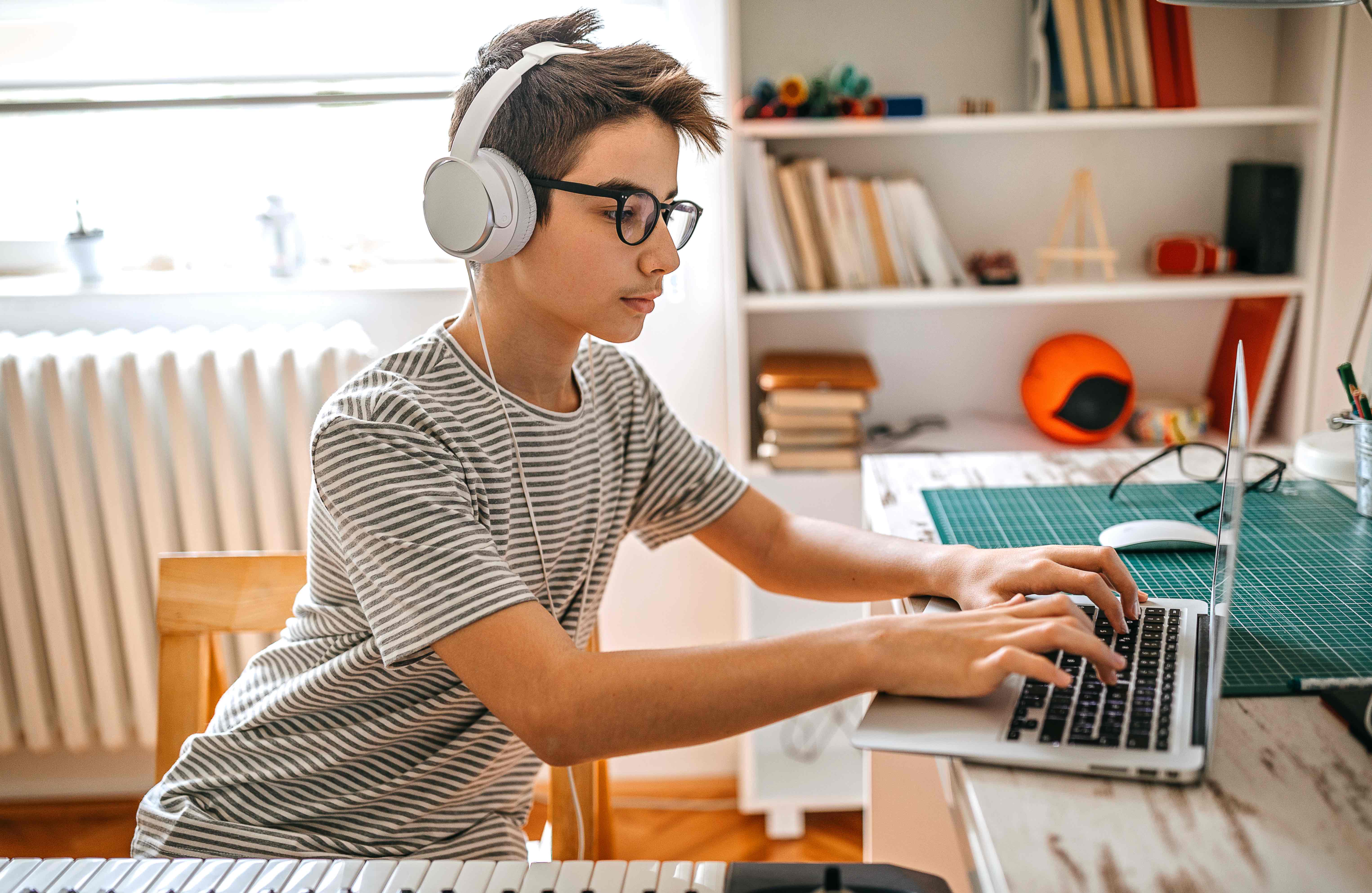
A pivotal point in our empathy development is adolescence.
Between 13 and 18 years of age, increases in a person’s cognitive empathy (recognising and understanding other’s emotions) and affective empathy (feeling an emotion with another) is associated with a host of positive behaviours.
These include constructive conflict behaviour, reduced aggression and anti-social behaviour, increased pro-social behaviour and social competence.
Not surprisingly, we develop empathy by engaging in social interaction and it is important that this interaction is real or ‘hands-on’. Empathy is generally conveyed face-to-face through touch, gesture, gaze, voice and posture.

It is a foundation of human sharing and cooperation.
So, at a time when school has moved online as a result of COVID-19, what is the impact of taking adolescents physically away from contact with their peers? And how can we continue to nurture the development of empathy so that they don’t miss out during remote learning?
Empathy can be developed by teachers running specific classroom programs and interventions, and through activities like role-playing moral dilemmas.
Teachers and schools can also develop empathy implicitly by having students regularly interacting and cooperating with each other, including through co-operative group activities like working on jigsaws or participating in talking circles.
We’ve already looked at the importance of wellbeing programs online and how they may be implemented by schools. There are a range of online programs that students can engage in and teachers can incorporate into their curriculum that allow for the explicit instruction of empathy development.
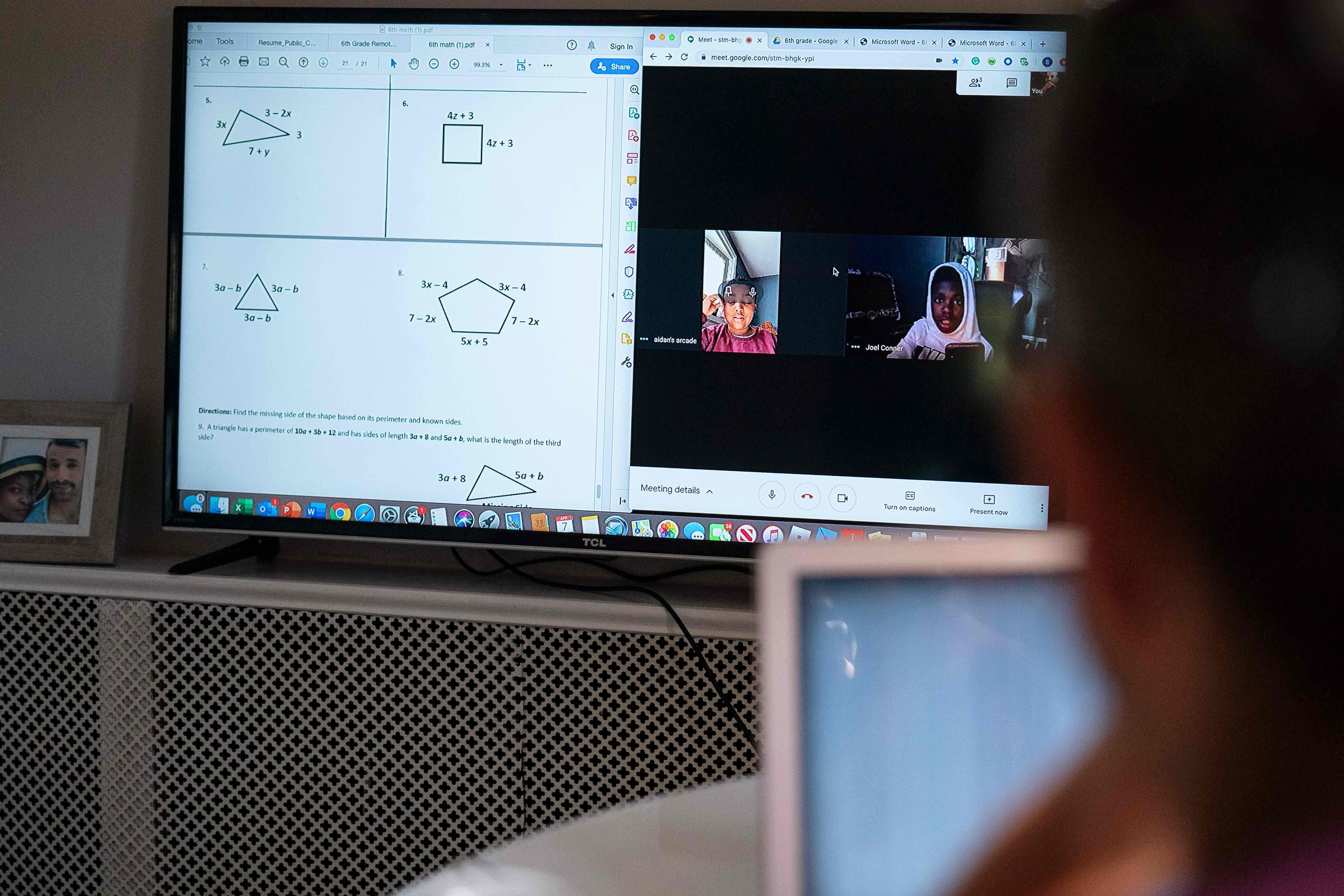
But there are also some simple strategies that schools and teachers can use to indirectly promote empathy development while teaching online.
1. create opportunities to see and hear each other
During a time of social distancing, mask-wearing and online meetings, it’s important for empathy development that students have their video on during a portion of a lesson.

Some key elements to recognising emotions in others (a first step in empathy) include understanding facial expressions and vocal analysis – infants as young as five months use both to differentiate emotions in their mothers.
Between 10 and 14 years old, adolescents experience a leap in development in recognising these corresponding facial expressions and emotions, so the opportunities to see different faces, hear different stories and so recognise and understand different emotions in context is important.
When we consider other aspects of empathy like sharing an emotion (affective empathy), being able to see another person is even more important. There is some thought that the mere act of observing another is all that is required to feel the same emotions as another.

Neurologically, the activation of our own ‘mirror neurons’ that occur specifically when viewing another’s emotional state, may cause us to react to another’s experience as if it is our own.
This may be the basis of our capacity to experience affective empathy for someone else.
Students having their video on during class provides an opportunity to look at and view someone else’s emotional state. This ‘activates’ students’ mirror neurons, enabling them to share the emotion of another student and better understand their circumstances.

Education
Managing your family’s cabin fever
Of course having the video on continuously can cause video fatigue for some, but teachers could reasonably request 15 to 20 minutes in each lesson with breaks to ensure this doesn’t occur.
Another concern may be around privacy – given students can see into each other’s homes – but, blurring your background or sitting so that the camera faces towards a wall, can resolve this.
By having teachers and their students connect ‘face-to-face’ with video and microphone allows for a better flow of conversations during which adolescents can pick up on important psychosocial skills and develop empathy.
This is the arguably the most important technique to implement in order to encourage empathy development.
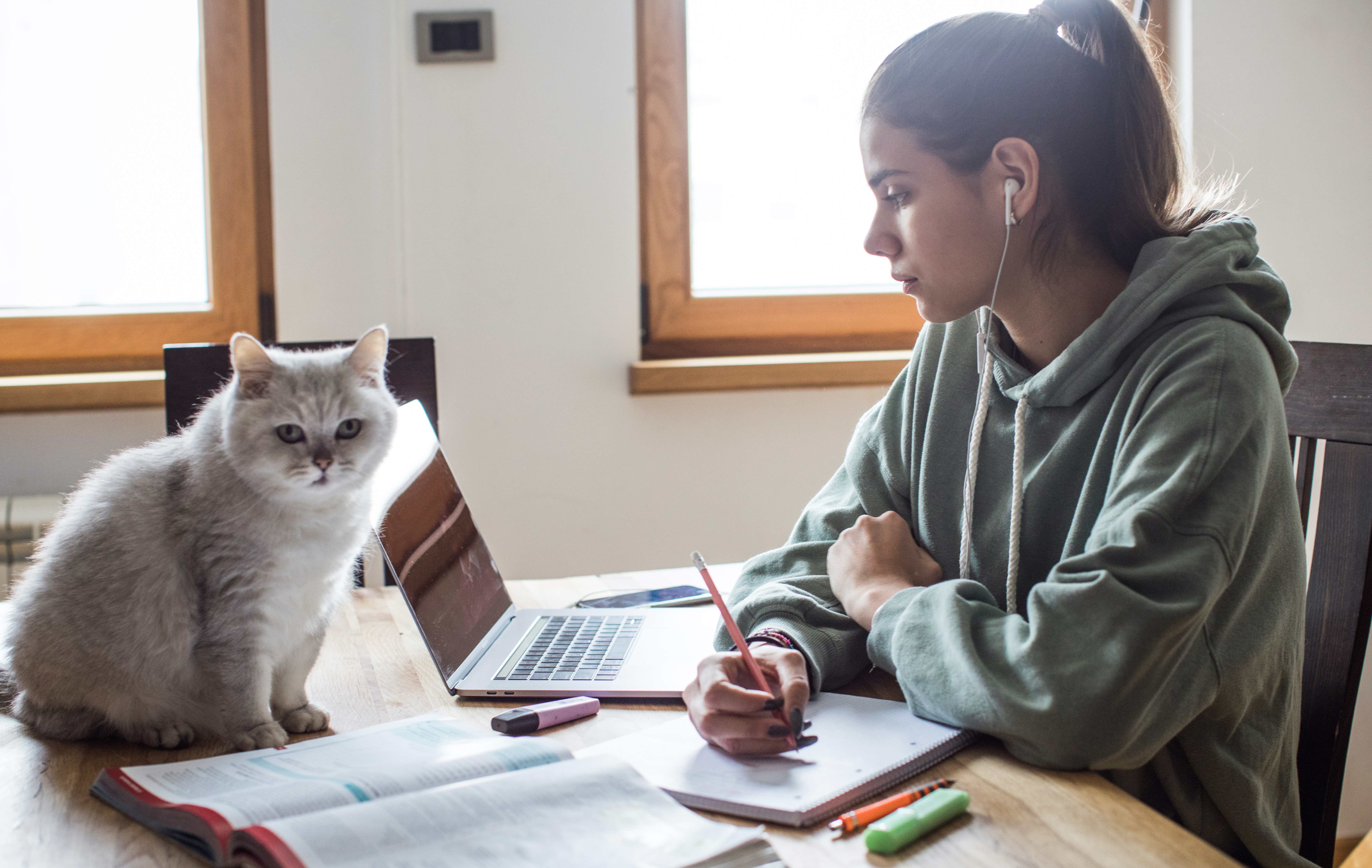
2. enabling co-operative group work
Teachers know the benefit of successful co-operative group work for learning content and improving empathy. Central to the concept of group work for learning is hearing other’s ideas and learning ways to express your own.
The importance of productive, structured co-operative group work activities in terms of empathy development is one of the best things a teacher can incorporate into their lessons; particularly in order to help those with lower empathy. And, if appropriate, longer project-based co-operative learning can also improve empathy.

Group work also allows the teacher to engage with smaller groups of students at a time, which tends to promote profounder empathetic interactions when compared to whole-class work. If possible and appropriate, smaller group work also provides another opportunity to connect with cameras and microphones.
Whether it is breakout rooms, small group channels online, or (when digital access is difficult) phone calls where students can talk with each other on a co-operative task; encouraging group work promotes relationships and empathy development.
3. provide opportunities for social interaction
Research suggests higher engagement in social media (broadly thought of as any tool where an individual can communicate with another) is associated with higher empathy.
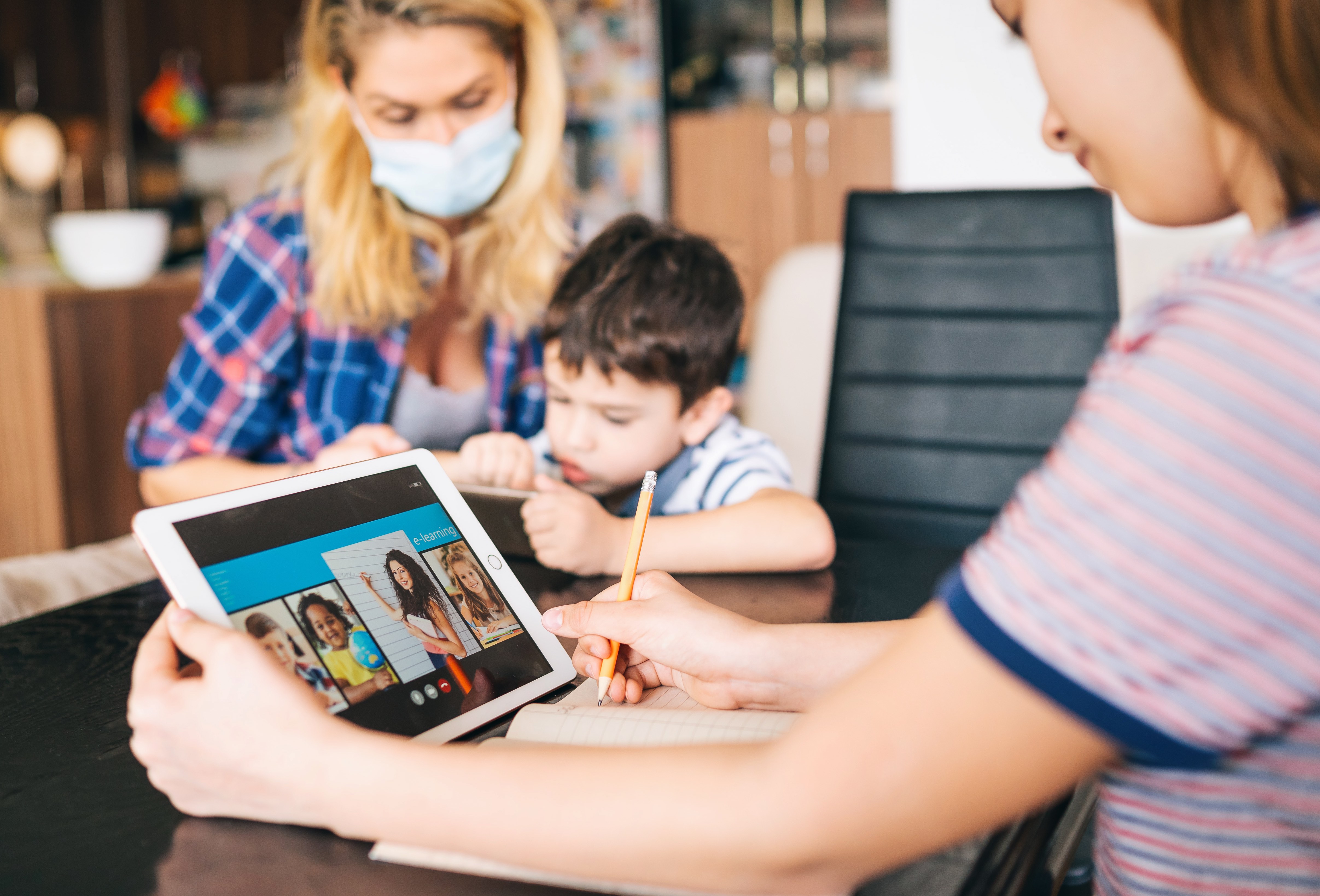
Providing opportunities to socially interact in ways similar to social media can be provided in a digital classroom. By engaging in peer feedback, students can participate in a similar style to the ‘likes’ and ‘comments’ in social media.
One example that could promote engagement similar to that in social media is ‘two stars and a wish’.
In this activity, students review another’s work, and provide two stars (things they like/thought were great) and a wish (a suggestion for improvement).

The task encourages students to think about the way another student interacts with what they write, and reflect how it feels to have something written about their own work – helping to promote cognitive empathy development.
Schools could also ensure each student video calls at least one other student from their class every day to facilitate social interactions, as people who know each other well tend to be more empathetic in a digital context than those who don’t know others well.
Equally, having students ‘check-in’ to an online class with an emoji, gif or picture about their feelings could help foster empathy when only verbal cues are present as it provides another way in which students can gain understanding in how their peer feels beyond a verbal cue.
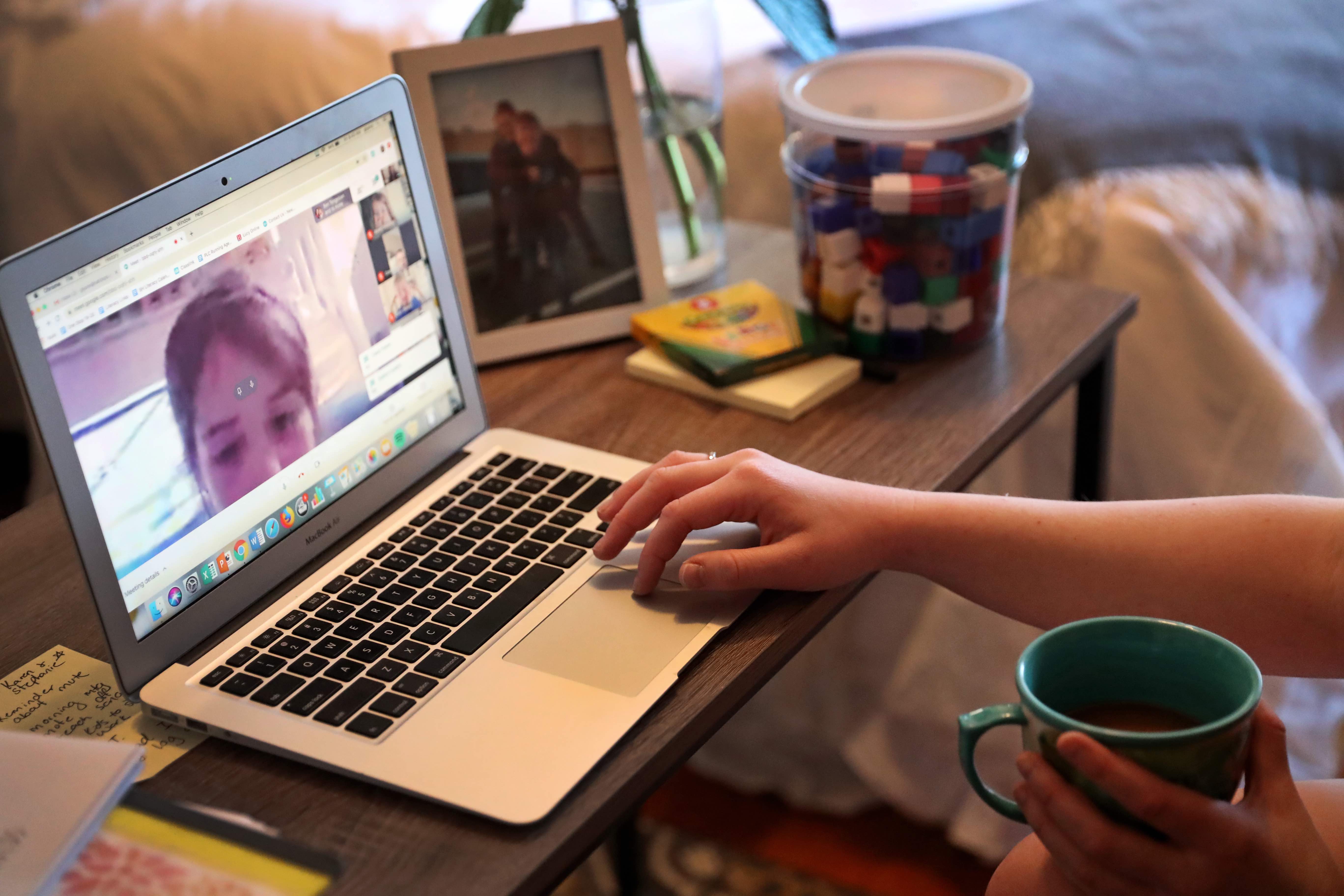
4. empathetic interactions with the teacher
Success in remote learning is dependent on empathetic interactions between the teacher and the student as well as other class members.
This can improve motivation and learning in the digital classroom.
Encouraging a conversational style, both during the lesson and in feedback, is one way to improve empathetic interactions – this is perhaps even more important in an online environment.

For example, in order to build empathetic relations with students when giving feedback online, teachers should address the student directly and provide conversational tone (like saying “I suggest that…”) rather than focussing solely on the content.
By modelling empathic communication, enabling peer feedback opportunities, and providing conversational-style feedback, all teachers can help support the development of empathy in their students, even in a time where face-to-face conversations with people outside family just isn’t possible.
Being mindful of empathic communication with adolescents is important, but the COVID-related social distancing and isolation make it even more important.
Banner: Getty Images

